
OVERVIEW
How are digital social experiences governed?
Governet is a documentation and analysis of the internet as a public space. It follows the trajectory of digital dissent around the Citizenship Amendment Act in India from December 2019 to March 2020.
CONTEXT
In the winter of 2019, the Indian government added on to existing legislation, namely the Citizenship Act of 1955, which provided two means through which individuals could acquire Indian citizenship. However, it explicitly excludes Muslims, including Muslims fleeing persecution, from being eligible for Indian citizenship, making the Citizenship Amendment Act (CAA) the first instance of religion being used as a criterion for citizenship under Indian national law.
The CAA grants Sikhs, Hindu, Buddhist, and Parsi refugees seeking to escape persecution in Afghanistan, Pakistan, and Bangladesh the option to seek Indian citizenship. By selecting 3 Muslim-majority nations, centering non-Muslim persecution, and shutting the door on possible Muslim refugees, the BJP-state has chosen to carve out a xenophobic rather than pragmatic or socially-committed ‘refugee policy.’ In response to this, the students started organizing protests all over the country.
In the winter of 2019, the Indian government added on to existing legislation, namely the Citizenship Act of 1955, which provided two means through which individuals could acquire Indian citizenship. However, it explicitly excludes Muslims, including Muslims fleeing persecution, from being eligible for Indian citizenship, making the Citizenship Amendment Act (CAA) the first instance of religion being used as a criterion for citizenship under Indian national law.
The CAA grants Sikhs, Hindu, Buddhist, and Parsi refugees seeking to escape persecution in Afghanistan, Pakistan, and Bangladesh the option to seek Indian citizenship. By selecting 3 Muslim-majority nations, centering non-Muslim persecution, and shutting the door on possible Muslim refugees, the BJP-state has chosen to carve out a xenophobic rather than pragmatic or socially-committed ‘refugee policy.’ In response to this, the students started organizing protests all over the country.
Governet, is a documentation and analysis of the movement that thus ensued, and the relationship of digital policy and discourse with what was happening on the ground.
Literature Review
ANNOTATED BIBLIOGRAPHY HEREIn order to make sense of the concepts I was analysing,
I conducted a literature review across multiple sources and mapped my notes across a figma board.
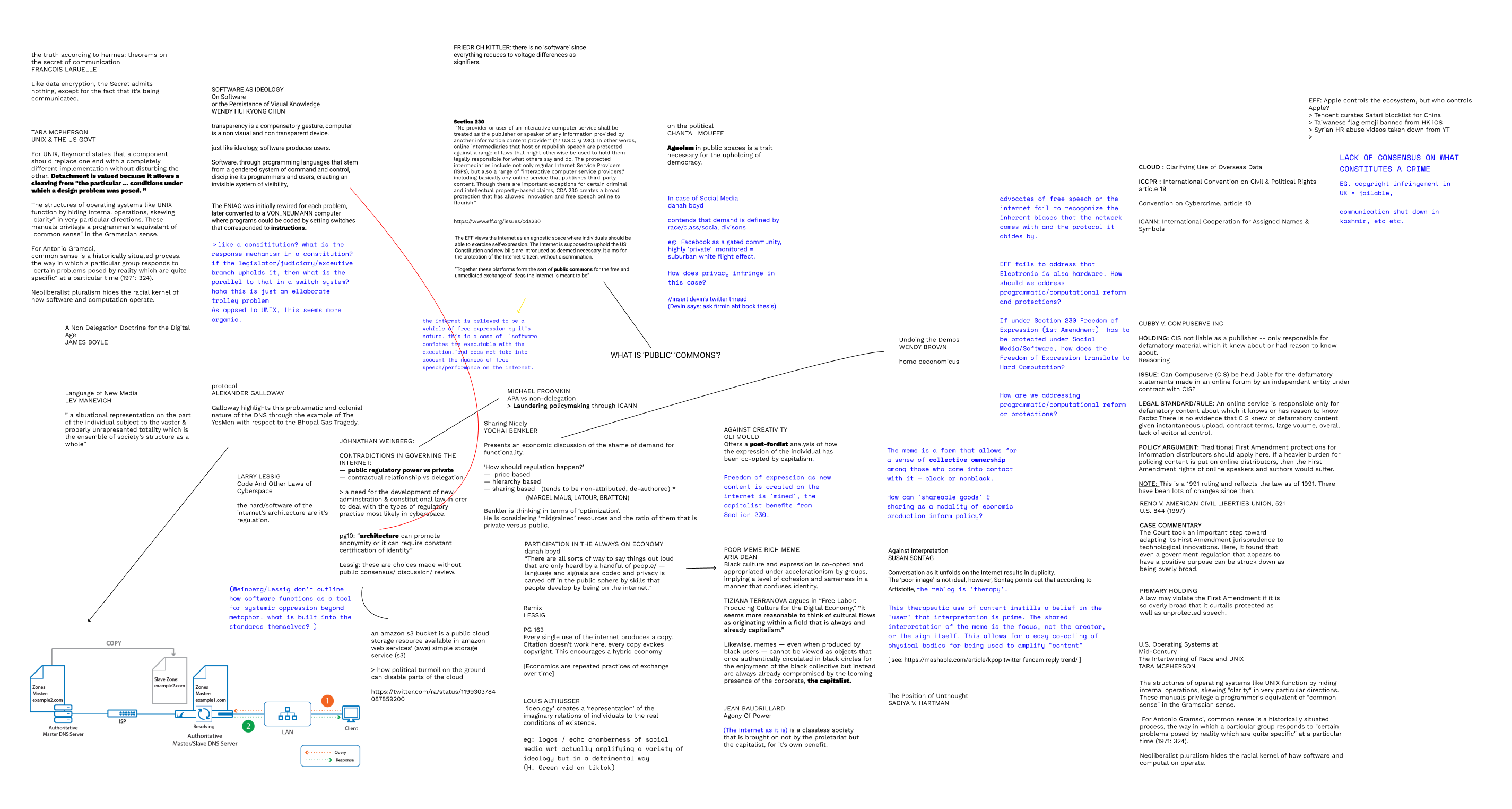
Ethnographic Observations
December – March, 2019-20To focus the scope of my work, I’ve grounded my analysis in screenshots. During these months, screenshots was a crucial way of storing fleeting infromation and updates that either people on the ground shared, or emerged from elsewhere on the web. The ‘story’ format of these images and textual content limits them to only being up for a maximum of 24 hours. The instagram algorithm also favors showing ‘stories’ to users over posts, thus, for more pressing matters people resorted to only sharing ‘stories’.
Auditing digital platforms
as political public space:
The internet is believed to be a vehicle of free expression by nature. Free speech and open access to expression is quickly prompted as the defense for any and all commentary published on the internet. This is a case of software conflating the potentially executable with the execution itself. [1]
There are multiple obstacles in place infrastructurally that stand in the way of an equitable experience of content sharing.
By defining open access and freedom as merely the existence of ‘liberated’ information, the importance of the pending action gets minimized.
Access to the internet is crucial for the democratic process— it enables accountability. With an internet ban in place, the federal government controls the country’s collective cognition of Kashmir.

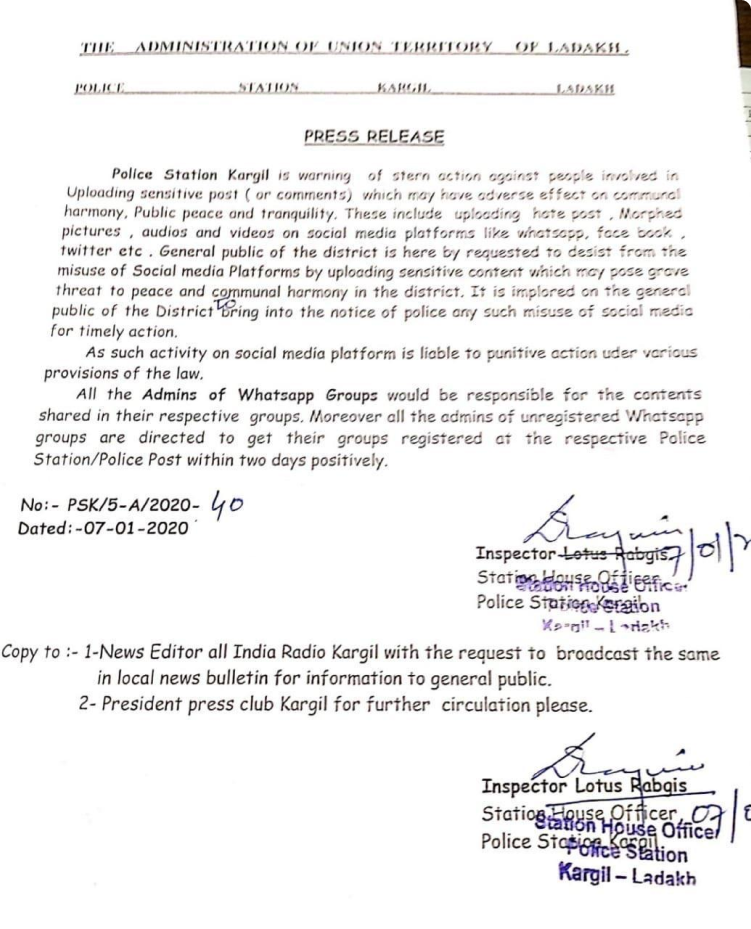
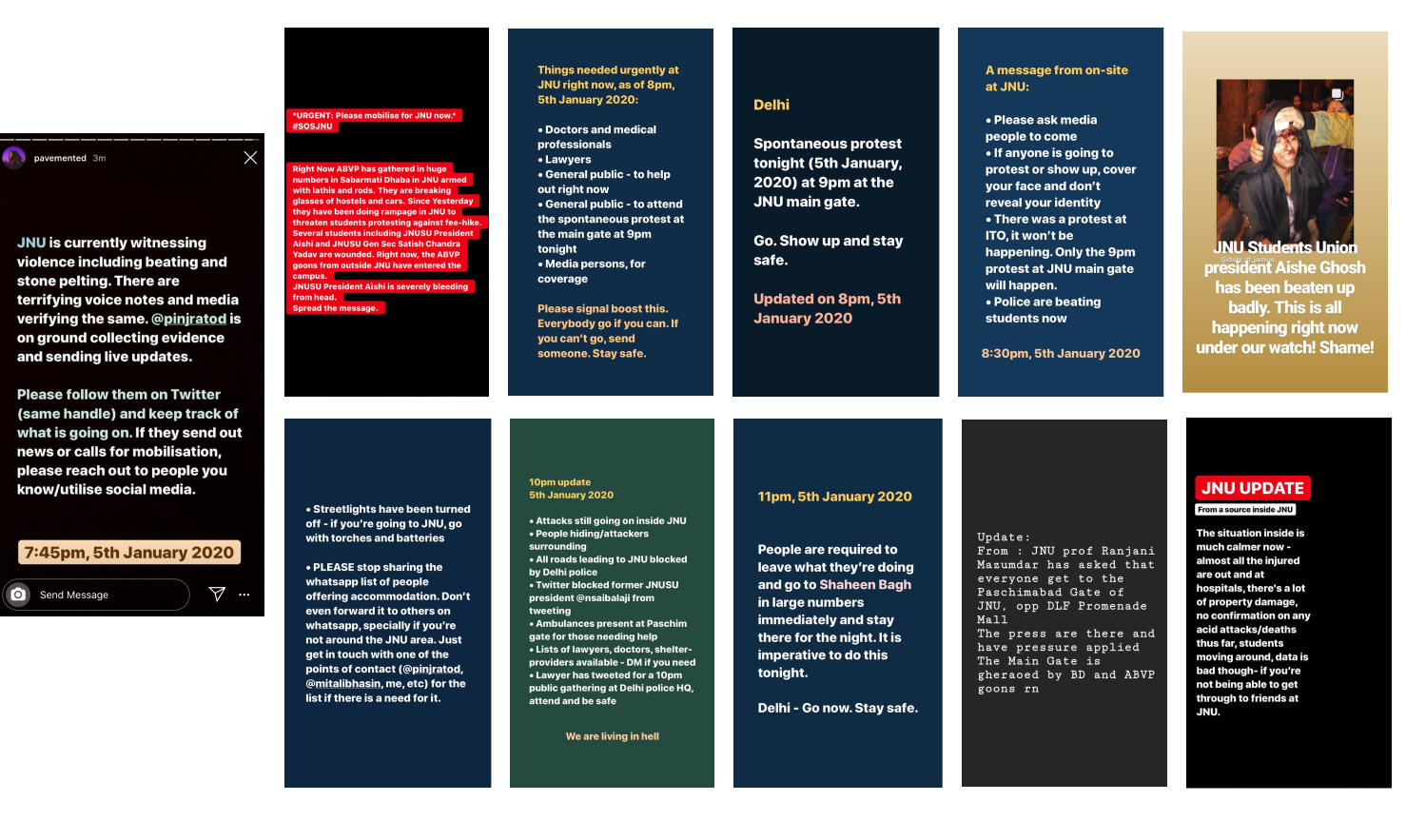
Data Inquiry
In order to make quantifiable observations of what I was observing to be twitter trends, I scrapped 200 tweets from the #IndiaAgainstCAA and #IndiaSupportsCAA hashtags to analyse the rhetoric being utilised from the opposing ideological camps.


Gatekeeping the Hyperlink
Instagram doesn’t allow for hyperlinking in stories, unless you’re an account with over 10k followers.
Why is something as integral to the internet’s ontology of nodal information — hyperlinking — gatekept from being utilized unless the account has a certain level of reach?
When anybody and everybody becomes a reporter on event — a contigion that is key to social media, being able to follow information that is not temporally restricted and in concert with other reporting is contingent. This is the internet’s greatest strength, to be able to rely on and create decentralised networks around data.

The shared, forwardable content on social media allows for a sense of collective ownership among those who come into contact with it. [2] But, these ‘shareable goods’ and sharing are regarded as a modality for economic production by the platform —
an opportunity to transform the content into a sponsored format, as it is driven to be shared and viewed by multiple people.
This leads to the design of community platforms being considered from a lens that centers the platform, and not the community. Policy needs to be written out to ensure ethical treatment of the user, in concert with the larger sociological infrastructure. This is specially prudent when news from about changing political policy is dissementated through social media, with no transparency on who the alogrithm will show it to.
This leads to the design of community platforms being considered from a lens that centers the platform, and not the community. Policy needs to be written out to ensure ethical treatment of the user, in concert with the larger sociological infrastructure. This is specially prudent when news from about changing political policy is dissementated through social media, with no transparency on who the alogrithm will show it to.

Moderation
Section 230 that has been constructed to protect free speech on the internet in the US, but only protects it from a singular perspective. It protects speech but not the people exercising it or the people it is being exercised towards. Most social sites are looking to algorithmic policing and governance, in order to either 1) enhance the working of their business model or
2) discipline technocratically because the internet is an international space, social sites have their own internal policy and that of the country that they are based in to abide by. however, international governments are able to coerce or solicict certain behavior from the social sites in order to preserve the ideology of the state in interest of appearances of soverignty.
Social networks such as Instagram also do not have the capacity to parse through text when it’s rasterised and in a language other than English. Taking advantage of a platform without consequences, right-wing platforms encouraged their followers to shoot protestors at sight.


Ironies of the Hashtag
The hashtag is a means to create decentralised spaces for content to congregate. However, in order for the functionality of the hashtag to be utilized at it’s best, everyone reporting on it should be aware of the existence of the nomenclature of the hashtag in the first place.
Hashtags also restrict the users to the environment of the specific platform. The content of a hashtag on twitter does not translate to that on instagram and so on, unless the hashtag gets wide enough to incurr cross platform usage. Of course, this does not deter users from sharing information from one platform on another.
Instagram users will screenshot a tweet and post it to their stories for their followers. In the process of the making a screenshot, the image is flattened, and apart from the authenticity, the network too is lost. The internet as it is becomes a society with no differences in intentionality or semblance of reflecting the stratifications of the physical world.
Social platforms as they exist are not a coming together of the proletariat but a strategically enforced fog that muddies all other signifiers of hegemony. [3]
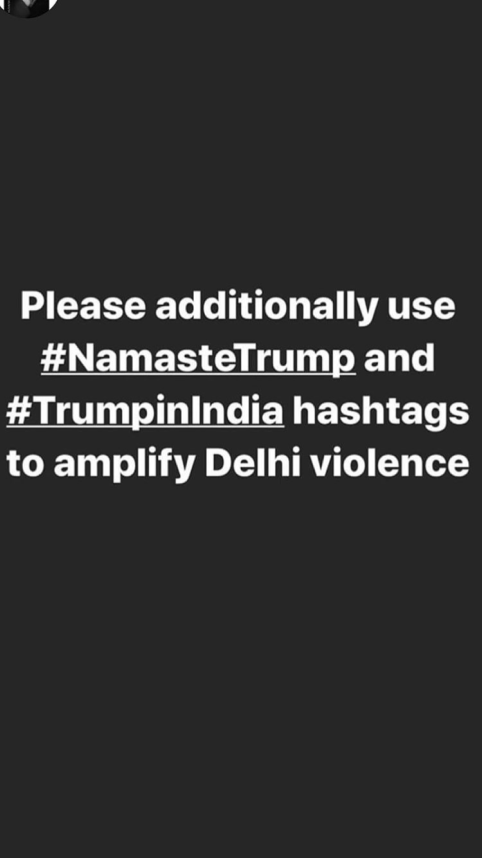
Blackbox Algorithms
During the CAA protests, people trying to organise and give updates from the ground Instagram reported that their views were down and the stories were not popping up for people People’s content was being censored by the algorithm. Similarly, on Twitter, who sees what post is decided by the platform’s algorithm.
Users do not understand the variables that govern how the platform reacts to the content they are posting. It discourages transparency of use. In such cases, the blackbox nature of the algorithm can be dangerous, especially when certain user generated content contains announcements are central to a community’s safety.
Users do not understand the variables that govern how the platform reacts to the content they are posting. It discourages transparency of use. In such cases, the blackbox nature of the algorithm can be dangerous, especially when certain user generated content contains announcements are central to a community’s safety.
In software design,
Detachment is valued becauseit allows a cleaving from“the particular conditions under which a design problem was posed.”
— Tara McPherson,
U.S. Operating Systems at Mid-Century:
The Intertwining of Race and UNIX [4]
Within the native environment of WhatsApp, the aesthetic choices promote a philosophy of homogeneity, betraying nothing about the original authorship of the text or its source.
In the absence of the spectrum of ideology being highlighted with any hierarchy, everything appears neutral. Information that is circulated ends up further radicalising people towards fascism in the guise of building community with those who are familiar to us.
The active agency of the receiver of the message is compromised in this situation, you have no choice but to receive. The plainness of language and the absence of formatting in the text makes it resemble a personal vernacular.
The lack of information on precisely where and when the forwards originated makes it difficult to understand the situation on the ground and the current status of events for people who were elsewhere. With no way of tracking who has recieved the forwarded or initially posted information, sending corrective and follow up information and making sure it reaches all the original recepients is nearly impossible.
In the absence of the spectrum of ideology being highlighted with any hierarchy, everything appears neutral. Information that is circulated ends up further radicalising people towards fascism in the guise of building community with those who are familiar to us.
The active agency of the receiver of the message is compromised in this situation, you have no choice but to receive. The plainness of language and the absence of formatting in the text makes it resemble a personal vernacular.
The lack of information on precisely where and when the forwards originated makes it difficult to understand the situation on the ground and the current status of events for people who were elsewhere. With no way of tracking who has recieved the forwarded or initially posted information, sending corrective and follow up information and making sure it reaches all the original recepients is nearly impossible.
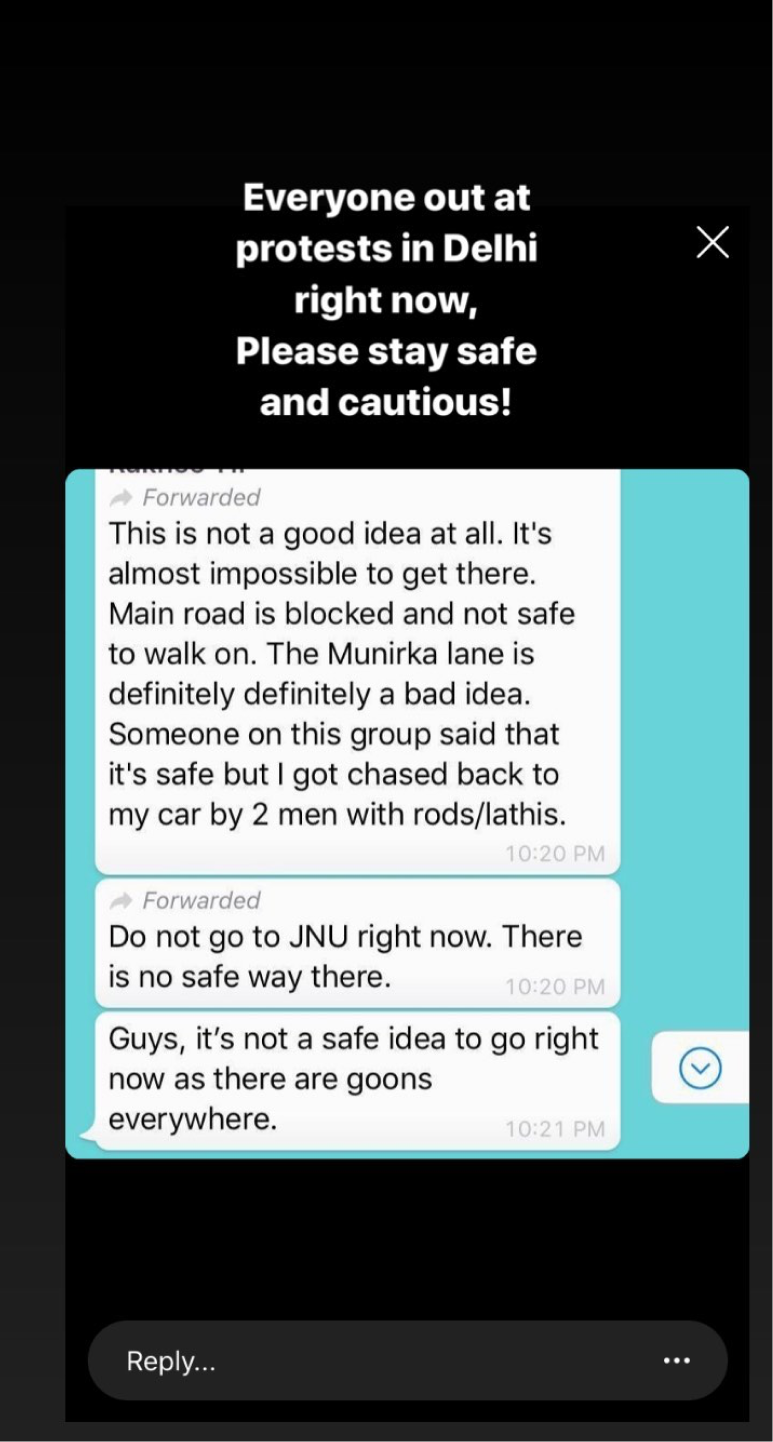
1. Chun, Wendy Hui Kyong.
"On Software, Or The Persistence Of Visual Knowledge". Grey Room, vol 18, 2005, pp. 26-51.
MIT Press - Journals, doi:10.1162/1526381043320741.
2. "Poor Meme, Rich Meme — Real Life".
Real Life, 2020,
https://reallifemag.com/poor-meme-rich-meme
3. Baudrillard, Jean et al.
The Agony Of Power.
Semiotext(E), 2010.
4. Nakamura, L. and Chow-White, P., 2013. Race After The Internet.
Hoboken: Taylor and Francis, pp.1-17.
"On Software, Or The Persistence Of Visual Knowledge". Grey Room, vol 18, 2005, pp. 26-51.
MIT Press - Journals, doi:10.1162/1526381043320741.
2. "Poor Meme, Rich Meme — Real Life".
Real Life, 2020,
https://reallifemag.com/poor-meme-rich-meme
3. Baudrillard, Jean et al.
The Agony Of Power.
Semiotext(E), 2010.
4. Nakamura, L. and Chow-White, P., 2013. Race After The Internet.
Hoboken: Taylor and Francis, pp.1-17.
PUBLISHED in PLOT Vol 9. Spring 2020 issue.